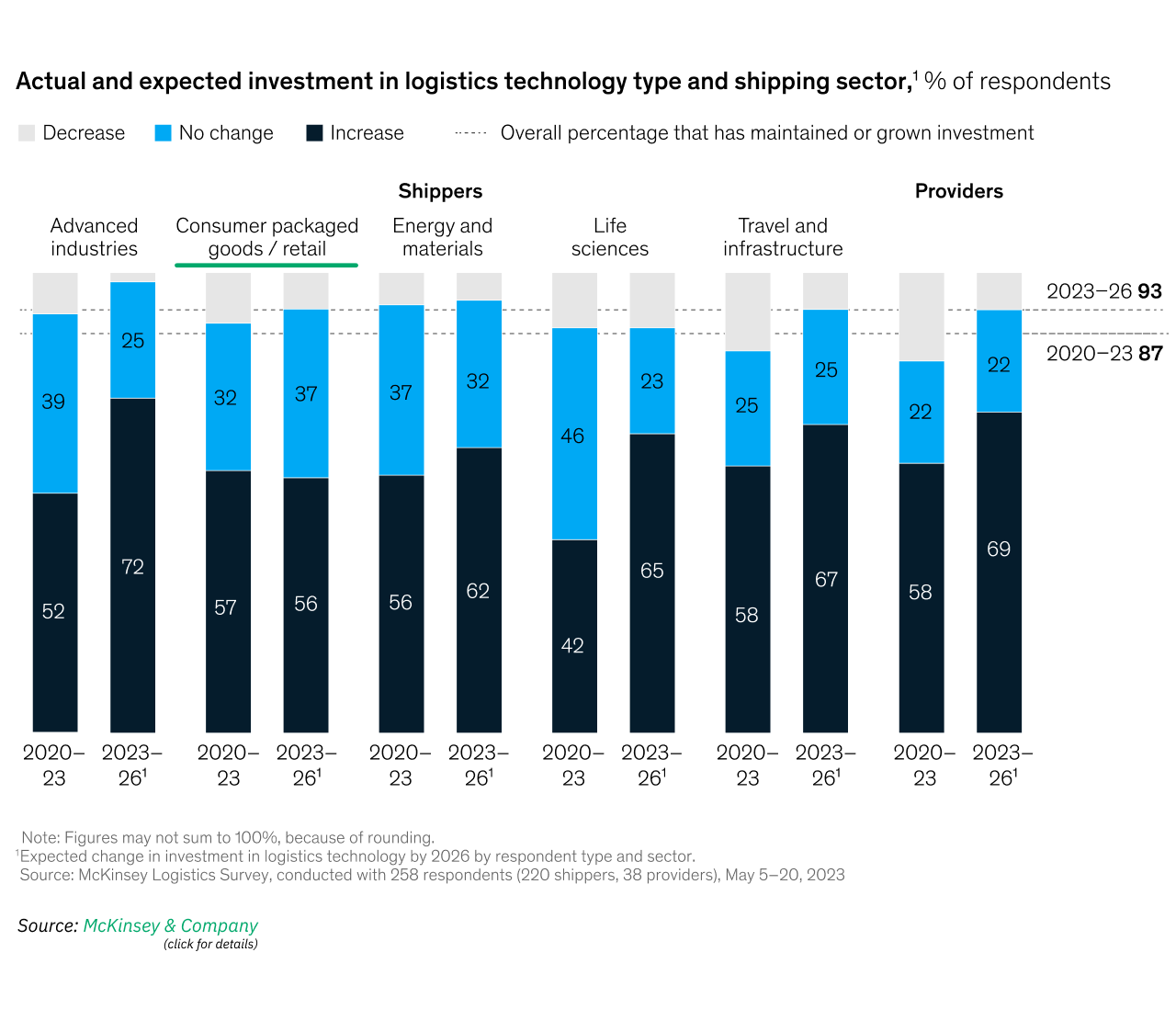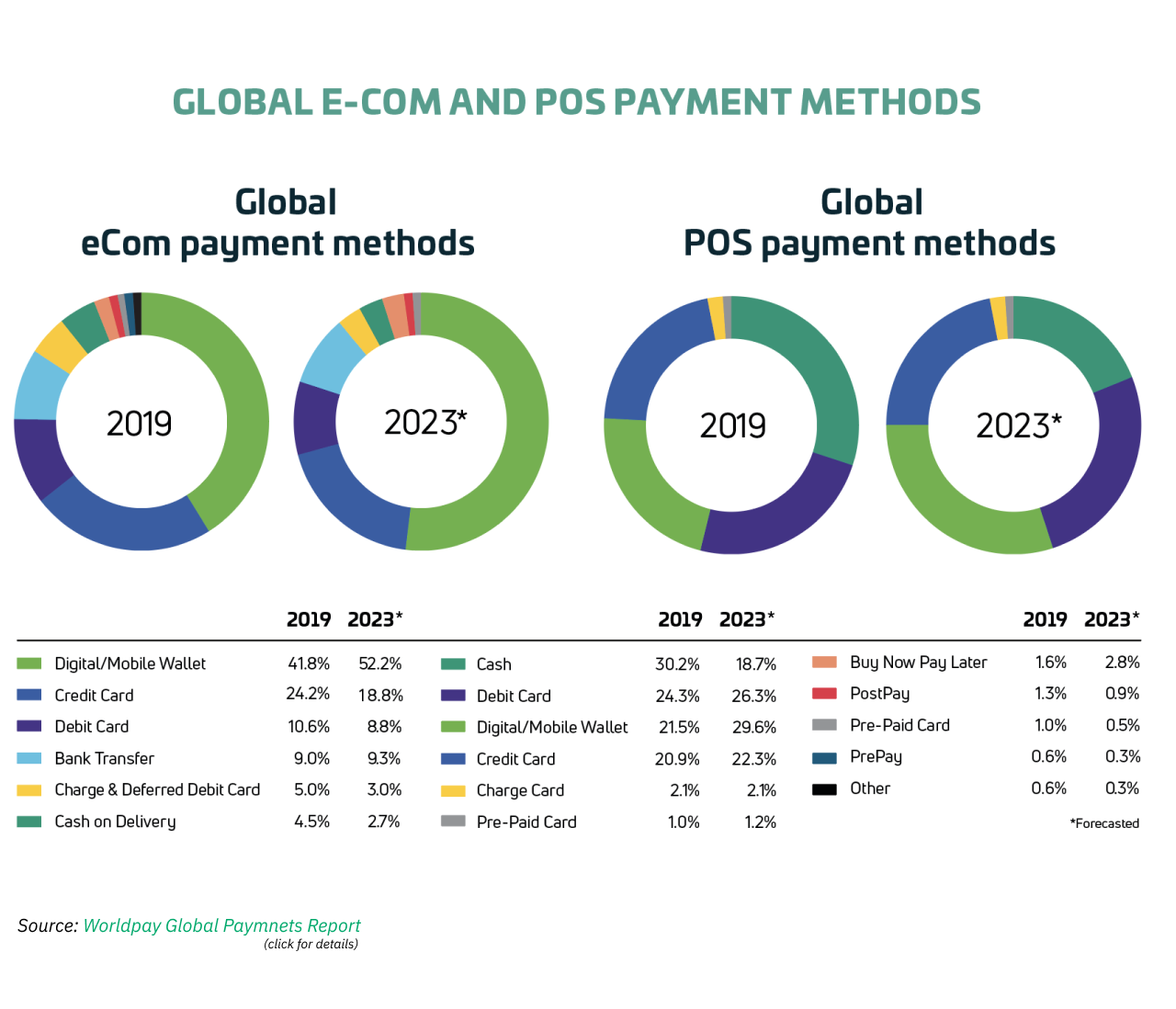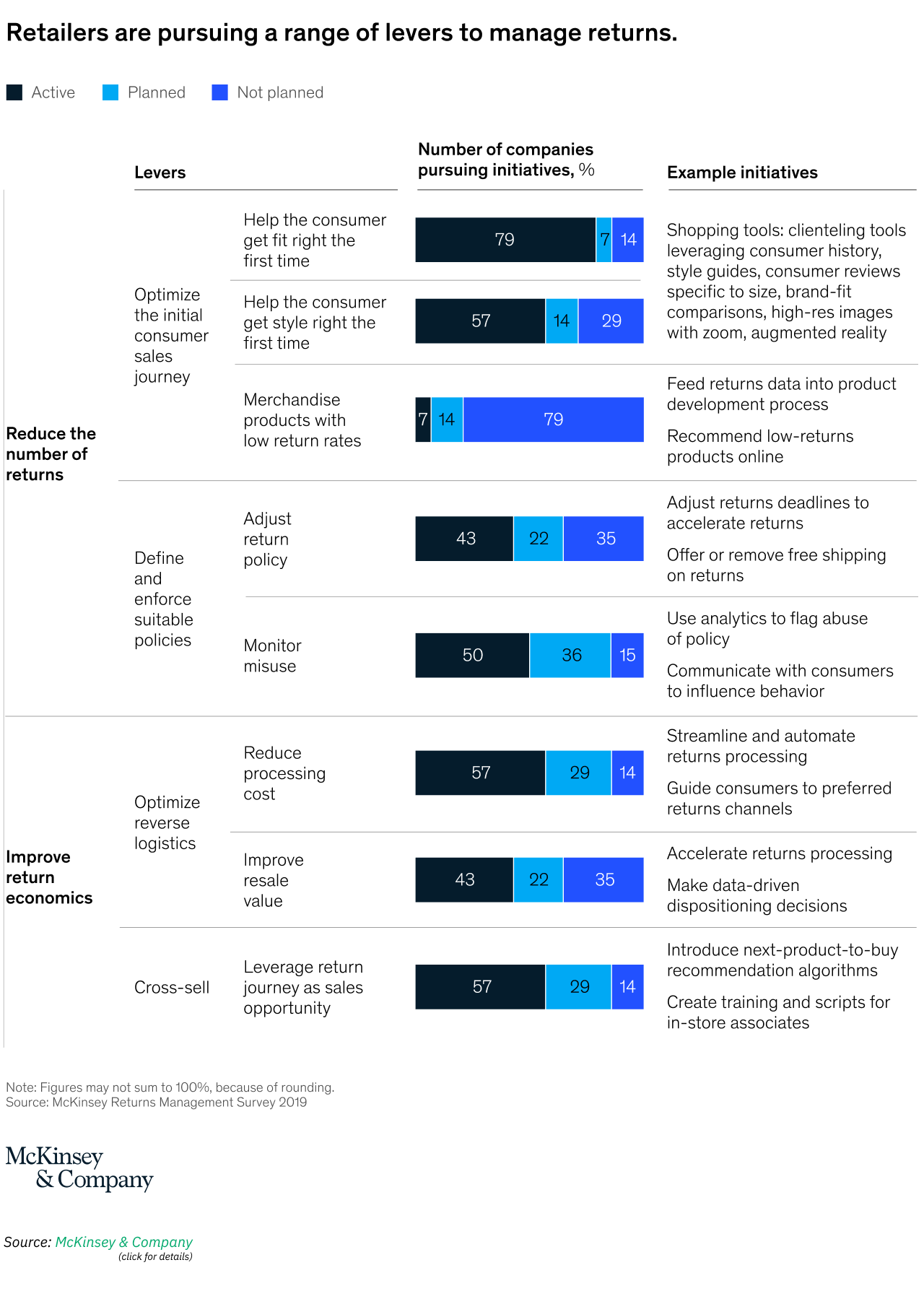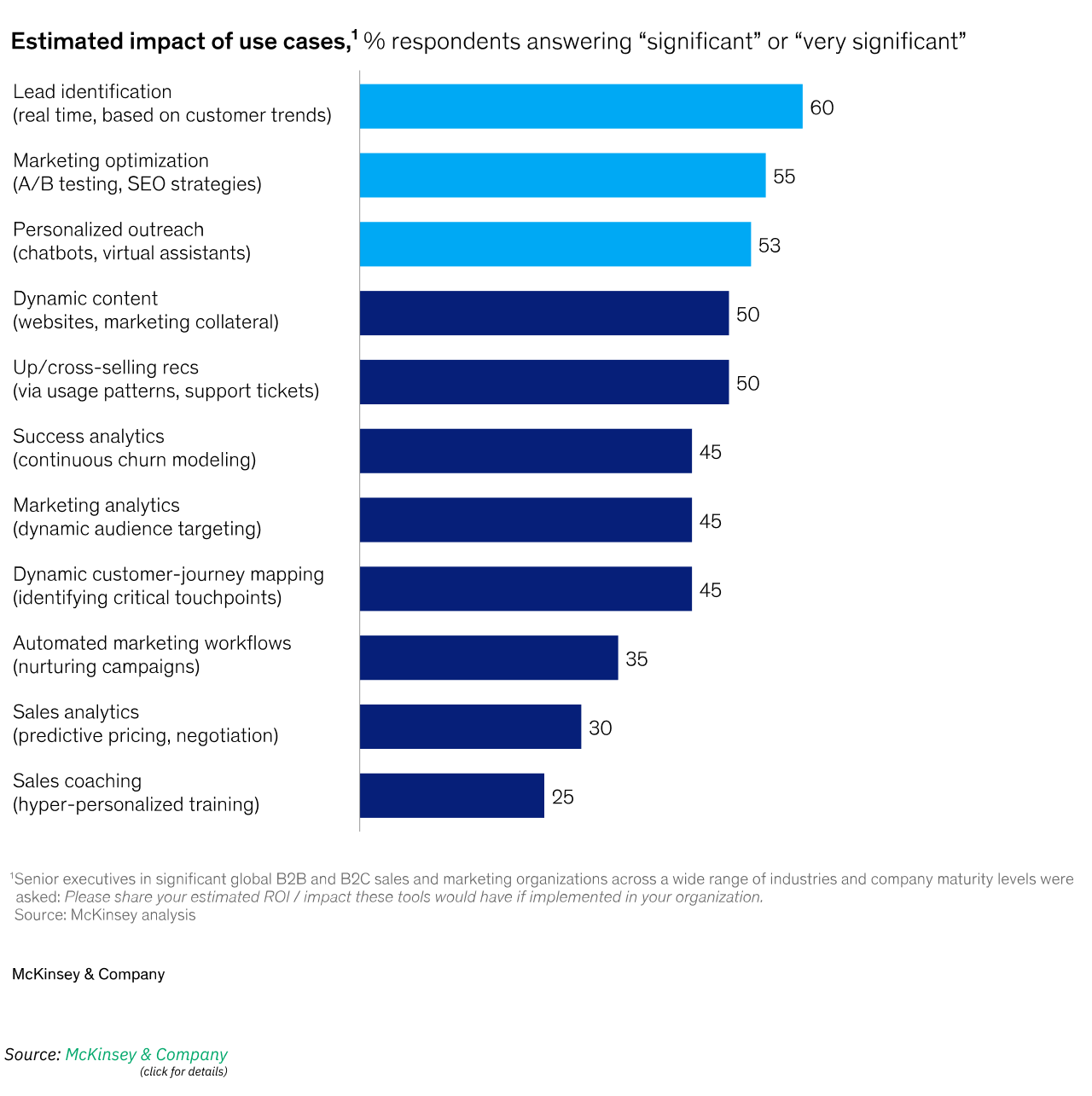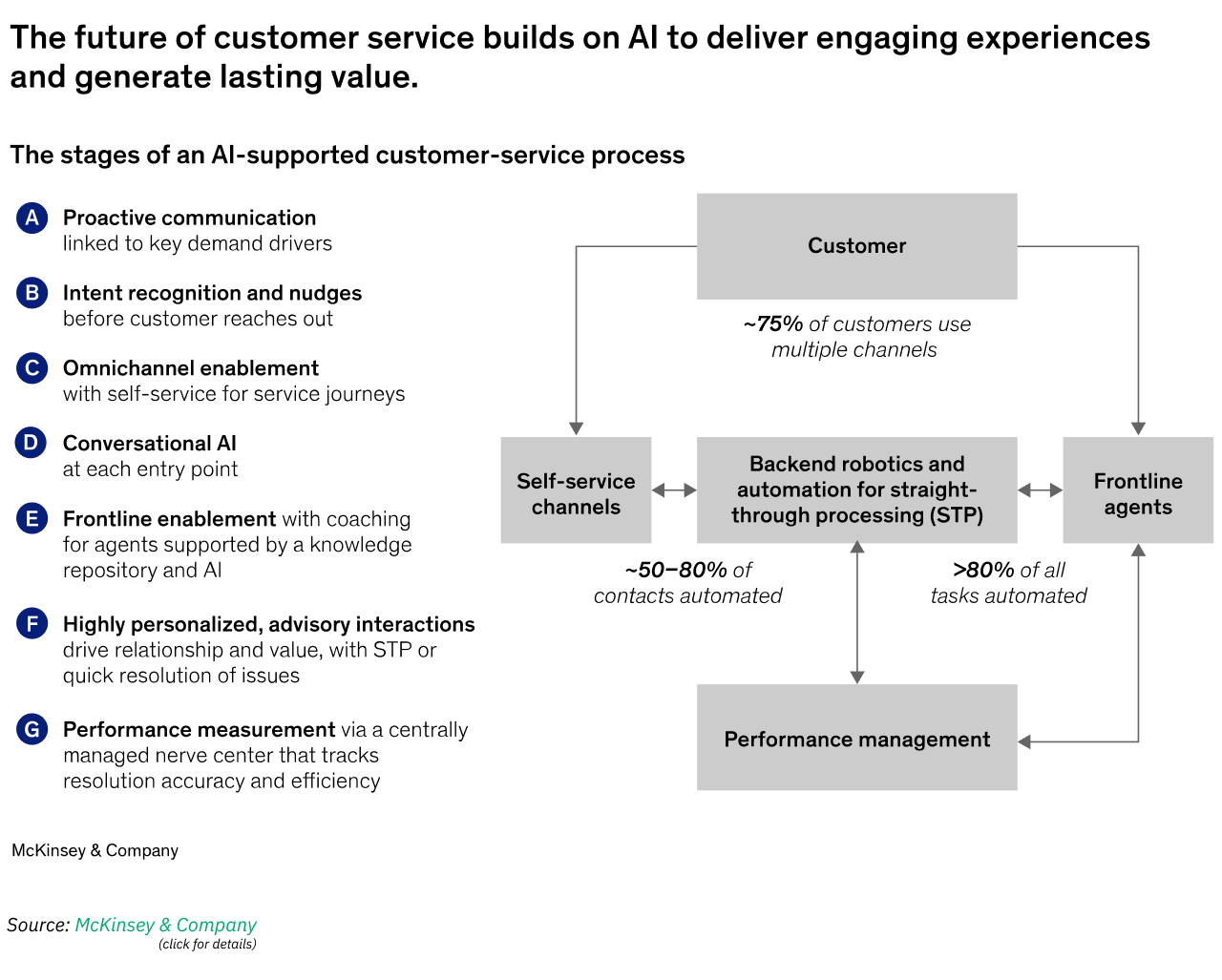
Current
29 Feb 2024
Technology your retail needs to grow in 2024
Retail in 2024 is set for a technological leap, driven by the industry's need to respond to growing consumer demands.
As market saturation, rising consumer expectations, globalisation, cost reduction, sustainability and regulatory compliance pressures increase, the need for retailers to become more technologically advanced has become even more apparent.
Recent findings, including those presented by IBM at the National Retail Federation conference, show a clear disconnect between today's retail experiences and consumer expectations. One example is the role of artificial intelligence (AI), particularly generative AI, in redefining product discovery, enhancing search capabilities and improving customer service.

To deliver personalised, efficient and cohesive shopping experiences, retailers are focusing on improving customer fulfilment, seamless payments, workflow automation and integrating AI with enterprise resource planning (ERP) systems. This not only meets consumer expectations, but also provides a competitive advantage.
Read on to discover the role of advanced logistics, multiple payment options and easy refunds in building trust. Find out how AI and ERP systems can personalise the customer journey and streamline operations, as well as other technologies that can serve as a roadmap for your retail business.
1. Optimise the speed & time of delivery
Speed and efficiency are key to customer satisfaction and loyalty. Evidence from McKinsey highlights how important it is to tailor strategies to meet these demands - focusing on logistics optimisation, inventory management and the application of modern technology.
Streamline delivery strategies
Customers' delivery expectations vary by product type.
For example, groceries and beauty products are expected to be delivered within one day, while apparel, home furnishings and electronics can tolerate slightly longer delivery times. Geography also plays a key role, with urban areas expecting faster deliveries.
Retailers can improve the speed of fulfillment by locating inventory closer and making targeted delivery promises based on customer profiles and purchase histories. This can significantly improve online conversion rates.
Implement analytics & automation
Adopting advanced inventory analytics and automation is key to improving fulfilment efficiency.
To minimise delivery times and costs, retailers are implementing omnichannel inventory strategies and integrating robotics into their supply chains. Analytics help optimise inventory placement, while robotics improve fulfilment speed and accuracy.
Invest in warehouse automation
The growth of online retailing has led to a rise in investment in warehouse automation. Companies are acquiring robotics companies and investing in automation technologies to increase warehouse productivity and meet rising demand.
Major players such as Shopify and Amazon are leading the way, expanding their AI-driven fulfilment networks through acquisitions and in-house solutions.
However, a seamless shopping experience does not end with the optimization of logistics and fulfillment. As e-commerce continues to evolve, the integration and unification of payment methods emerge as another crucial area where businesses can further enhance customer satisfaction and drive loyalty.
2. Integrate and unify different payment methods
As the digital marketplace grows, so does the importance of offering a quick checkout process.
McKinsey's research underscores the significance of digital commerce in promoting alternative payment methods to tap into the $3 trillion digital payments market. This approach not only addresses consumer preferences but also significantly improves the checkout experience, making it as frictionless as the delivery process aimed to be through logistics optimization.
People prefer to pay digital
In the digital age, consumers seek convenience, speed, and security in every aspect of their online shopping journey, including payment.
The widespread adoption of digital payments reflects a significant shift in consumer behavior, with most people now using digital payment methods.
The rise of digital wallets, coupled with the diversification towards multiple digital wallet options, points to a growing ecosystem that ecommerce platforms must embrace to stay competitive.
What consumers expect when they pay digital?
Consumers expect more from their digital wallets than just payment functionality—they seek integration with loyalty programs and a range of financial services that work seamlessly with their current apps.
While banks are viewed as natural providers of digital wallets, non-bank options like PayPal, Apple Pay, and Google Pay also see significant usage.
Consider BNPL & Cryptocurrency
Buy Now, Pay Later (BNPL) popularity is stable, with a noted interest for future use, especially in boosting sales in sectors like apparel, electronics, and home appliances. On the cryptocurrency front, ownership has stabilized, showing a cautious but growing interest despite concerns over volatility and trust.
With the stability of BNPL services and a cautious but growing interest in cryptocurrencies, ecommerce platforms are tasked with integrating a variety of payment methods to enhance the checkout experience. This flexibility can potentially boost conversion rates and foster customer loyalty, underscoring the need for businesses to keep pace with payment trends.
With optimised fulfilment strategies and payment integration in place, the next step is to improve the post-sale experience - the refund process. This step is critical to keeping customers happy and loyal, as it demonstrates that a company values their satisfaction and trust, which is especially important in a competitive marketplace.
3. Automate the refund processes
As organisations look to improve every element of the customer journey, automating the Refund process is becoming a key strategy for increasing customer trust and satisfaction.
Intelligent process automation (IPA) is at the heart of this initiative, combining the strengths of robotic process automation (RPA), machine learning and advanced analytics.
Integrating these technologies enables ecommerce platforms to simplify and accelerate the refund process, ensuring that customers receive timely and accurate refunds with minimal hassle.
What does RPA mean for refund?
Robotic Process Automation (RPA) is effective in automating the mundane and repetitive tasks involved in the Refund process, such as data extraction and entry.
Not only does it reduce the manual workload on staff, but it also speeds up the entire process, resulting in faster refunds. The efficiencies and cost savings brought about by RPA have been well documented across a range of industries, confirming its value in improving operational workflows.
Machine learning & advanced analytics
The use of machine learning and advanced analytics is transforming the Refund process by enabling predictive analysis of data patterns and automating decision-making.
These technologies can quickly identify valid claims, streamline the approval process and significantly reduce the time it takes to process refunds. This level of efficiency in the Refund process can significantly improve customer satisfaction and increase brand loyalty.
Intelligent Process Automation (IPA) for the Refund process naturally leads to the wider use of machine learning (ML) and artificial intelligence (AI) in various facets of e-commerce, from marketing and sales to supply chain management.
4. ML & AI – does retail need it?
Integrating machine learning (ML) and artificial intelligence (AI) is a shift towards more responsive & personalized ecommerce operations.
In a McKinsey survey, senior sales and marketing executives were asked about their expected return on investment (ROI) from using these tools, based on their purpose:
Make marketing & sales better via AI
In marketing and sales, AI and ML technologies, particularly Generative AI (Gen AI), are driving significant innovation.
Gen AI's ability to produce original content has transformed the way highly personalised customer experiences and targeted marketing campaigns are created. It allows customised marketing materials to be produced at scale, significantly improving customer engagement & conversion rates.
By analysing vast amounts of data, including user demographics and market trends, Gen AI enables the identification of specific audience segments, refining marketing strategies with predictive analytics and tailored recommendations.
Optimize your supply chain
AI and ML are equally game-changing in supply chain management, where they improve efficiency and responsiveness.
Autonomous planning, powered by AI, enables more effective management of operations in unpredictable environments, reducing dependence on human intervention. This automation of sales and operations planning (S&OP) processes enables real-time adjustments to disruptions. By integrating big data and analytics, autonomous planning improves supply chain performance, resulting in better service levels, optimised inventory management and more efficient overall planning.
How to realise the full potential of ML & AI?
Full potential of ML & AI means a complete business transformation. This requires someone to guide you in realizing a plan that includes optimising processes, updating organisational structures, improving employee skills and deploying smart technologies.
The partnership between Kupatana, a Tanzanian e-commerce platform, and EBS Integrator is a prime example of how an organization can get maximum profit with the right tech input and business strategy into it.
Working together, Kupatana was able to improve operational efficiency and customer engagement by leveraging AI for targeted ad placement and efficient content moderation. The implementation of AI led to significant improvements such as a 30% increase in demand forecasting accuracy, reducing both overstocks & out-of-stocks; a 20% reduction in inventory costs through optimised stock levels; and a 15% reduction in supplier coordination lead times, improving order accuracy.
Transitioning from the transformative potential of machine learning and artificial intelligence in e-commerce, it's essential to consider the foundational role of Enterprise Resource Planning (ERP) systems in optimizing ecommerce operations further. While ML and AI focus on enhancing specific aspects like marketing, sales, and supply chain management, ERP systems offer a comprehensive framework for integrating these advancements into the broader business ecosystem.
5. Integrate your processes in a single system via ERP
ERP systems are the backbone of modern ecommerce operations, enabling businesses to consolidate their processes across multiple domains into a single, integrated system.
Using ERP systems as part of your business strategy can greatly enhance the benefits of advanced technologies such as AI and ML, ensuring that the insights and efficiencies they provide are applied across all business functions.
Opt for modular ERP approach
Move away from the monolithic ERP systems of the past.
Adopting a collection of capabilities that can be individually updated or modified allows companies to achieve greater agility and responsiveness to market changes.
This strategy allows the targeted enhancement of ERP modules that deliver the most value, facilitating updates, reducing dependencies and lowering costs.
Take a company-wide view on processes
For maximum ERP transformation ROI, it's vital to adopt an enterprise-wide perspective on business processes. Often, this means reengineering SG&A (Selling, General, and Administrative expenses) processes from scratch to leverage digital capabilities fully. Concentrating on processes with the highest value for redesign and standardization can greatly improve operational efficiency and strategic flexibility.
Real-world examples further illustrate the effectiveness of these modern ERP strategies. For instance, a logistics company's adoption of agile methodologies in its ERP transformation demonstrates the potential for enhanced transparency, better coordination among teams, and faster, more targeted delivery. This case highlights how adopting modern ERP strategies can lead to substantial improvements in delivery speed and overall project success.
After exploring modern ERP systems and their transformative impact on e-commerce operations, it is appropriate to address the next step in e-commerce expansion: integration with external marketplaces via APIs.
6. Connect internal operations with global marketplace via API
This strategy represents a natural progression from optimising internal processes to extending the ecommerce ecosystem outwards. It effectively bridges the gap between a business's internal operations and the global marketplace, offering a seamless path to scaling operations and reaching customers across various platforms.
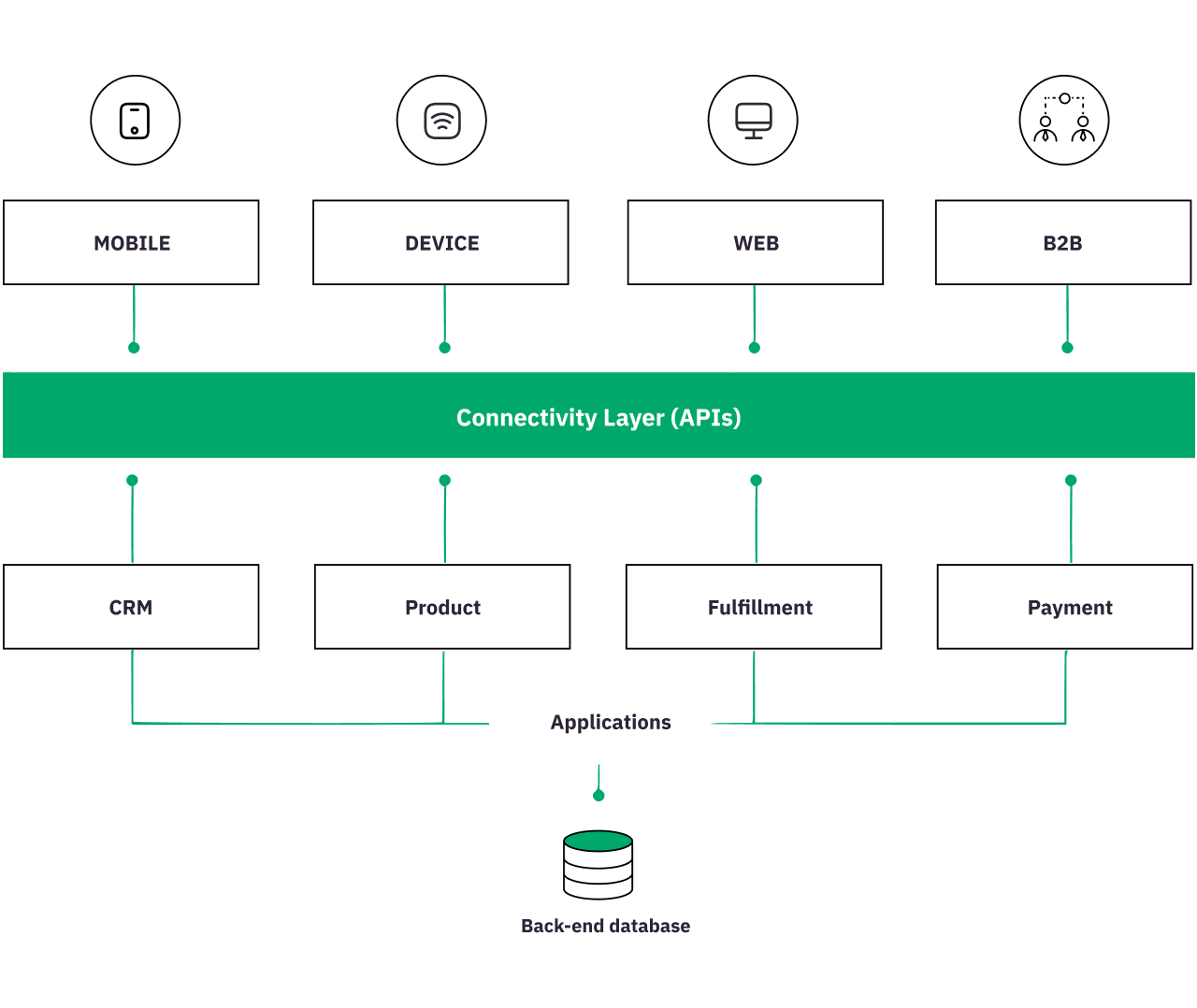
Why you need an API?
APIs are crucial for these integrations, serving as conduits for real-time data exchange between different software systems. They allow ecommerce platforms to keep inventory, pricing, and product details consistent across their own site and external marketplaces.
A robust API management, as highlighted by IBM, is essential for secure, scalable, and efficient connections between digital services and platforms.
Expand your reach, integrate with major marketplaces
Marketplace integration enables ecommerce platforms to connect seamlessly with larger marketplaces, expanding their product exposure to a broader audience. This strategy not only boosts visibility but also leverages the established trust and customer base of these marketplaces. It's a powerful way to optimize operations and extend customer reach, unlocking new value in the digital economy.
Improve operations and customer experience
API-driven marketplace integrations enhance operational efficiency by automating order fulfillment, inventory management, and customer service. This automation minimizes manual labor, reduces error risks, and quickens transactions. Consistent product information, pricing, and availability across all sales channels improve the customer experience, fostering trust and loyalty.
Next, we'll look at how chatbots and automation are revolutionising the ecommerce sector. They're expanding the market, making operations more efficient and improving customer interactions through the use of advanced technology.
7. Use chatbots, automate your processes
The integration of chatbots and process automation technologies marks a significant leap forward in refining customer service and streamlining ecommerce operations.
Use chatbots for a better customer experience
Chatbots and process automation are transforming customer service and operational efficiency in eCommerce. They enhance the customer experience by offering 24/7 support, addressing inquiries, complaints, and feedback instantly.
This leads to improved satisfaction, loyalty, and potentially increased sales. They manage a range of tasks, from answering FAQs to processing orders and tracking shipments, providing immediate responses without human intervention.
Use IPA for better efficiency
Intelligent Process Automation (IPA) significantly boosts efficiency and reduces manual tasks across business operations.
It includes technologies like Robotic Process Automation (RPA), smart workflows, machine learning, natural-language generation (NLG), and cognitive agents, automating routine activities such as data extraction, document creation, and decision-making.
For example, RPA can automate up to 70% of tasks in record-to-report processes, offering substantial cost savings and productivity enhancements.
Economic and productivity impact
Moreover, the McKinsey Global Institute highlights automation not only improves performance, reduces errors, and increases quality and speed but also contributes to productivity growth by an estimated 0.8 to 1.4 percent annually.
While the complete automation of jobs remains rare, the potential for partial automation across nearly all occupations presents a considerable opportunity for productivity enhancements, especially as machines take on routine and cognitive tasks.
As we've seen, the integration of chatbots and process automation technologies is hugely important in refining customer service and streamlining ecommerce operations. By improving the customer experience and operational efficiency through Intelligent Process Automation (IPA) and other automation technologies, businesses are seeing immediate gains in productivity and customer satisfaction, while also laying the groundwork for the next generation of ecommerce innovation.
Conclusion
Looking at the evolution of ecommerce through 2024, it's clear that these technological changes are part of a larger narrative.
Developments such as advanced payment methods, the simultaneous use of multiple sales channels, AI & ML, as well as the use of comprehensive enterprise resource planning (ERP) software, integration with online marketplaces, and the use of chatbots and automated processes are all driving ecommerce forward.
It's clear that to grow, businesses need to improve the way they interact with customers, streamline their operations and explore new markets. Adopting these technologies together can help you meet the modern challenges of retail and seize the opportunities of the online marketplace.
Share this article on:
Sign up for our
newsletter.
Be up-to-date with our latest news, in-depth insights, and privileged content.

DevOps
Data engineering
We’re talking about data privacy in all its glory – why it matters to you and your customers, and where it’s all heading in the future. Because this is a part of a series, we’ll try and focus mostly on the aspects that affect us in the eCommerce domain! Let’s discuss why there’s so much hubbub around the topic of data privacy. This is not to say this discussion is anything new for the world, it’s been brought up countless of times, and the issue of “government spying” on you is as old as the idea of structured government is.
18 Feb 2022

Artificial Intelligence
Quality assurance
Today we’re discussing the merits of Chatbots and Artificial Intelligence (AI) when it comes to providing optimal customer service! We’ll talk about the history of the first chatbots, why they are important for your enterprise and many other questions! For that purpose, we’ve asked one of our colleagues to give us his opinion!
22 Nov 2021

Data engineering
DevOps
Technology
Let’s look at the new fad that has its roots all the way back in 1991, and how it is affecting the future of Digital Transformation (DX)! Blockchain and all that makes it work, is it a fad that we’ll forget in a couple of years or is it really the bright future that some people will swear it is!
06 Dec 2021

Events
News
Digital Transformation
In today’s rapidly evolving business landscape, #digitaltransformation goes beyond the mere implementation of technology. It represents a fundamental change in the way organizations operate, deliver value, and interact with their stakeholders. This transformation isn’t just about adopting new technologies; it’s about fostering a culture that embraces change, overcomes legacy standards, and is adaptable to change and error.
12 Sep 2023
